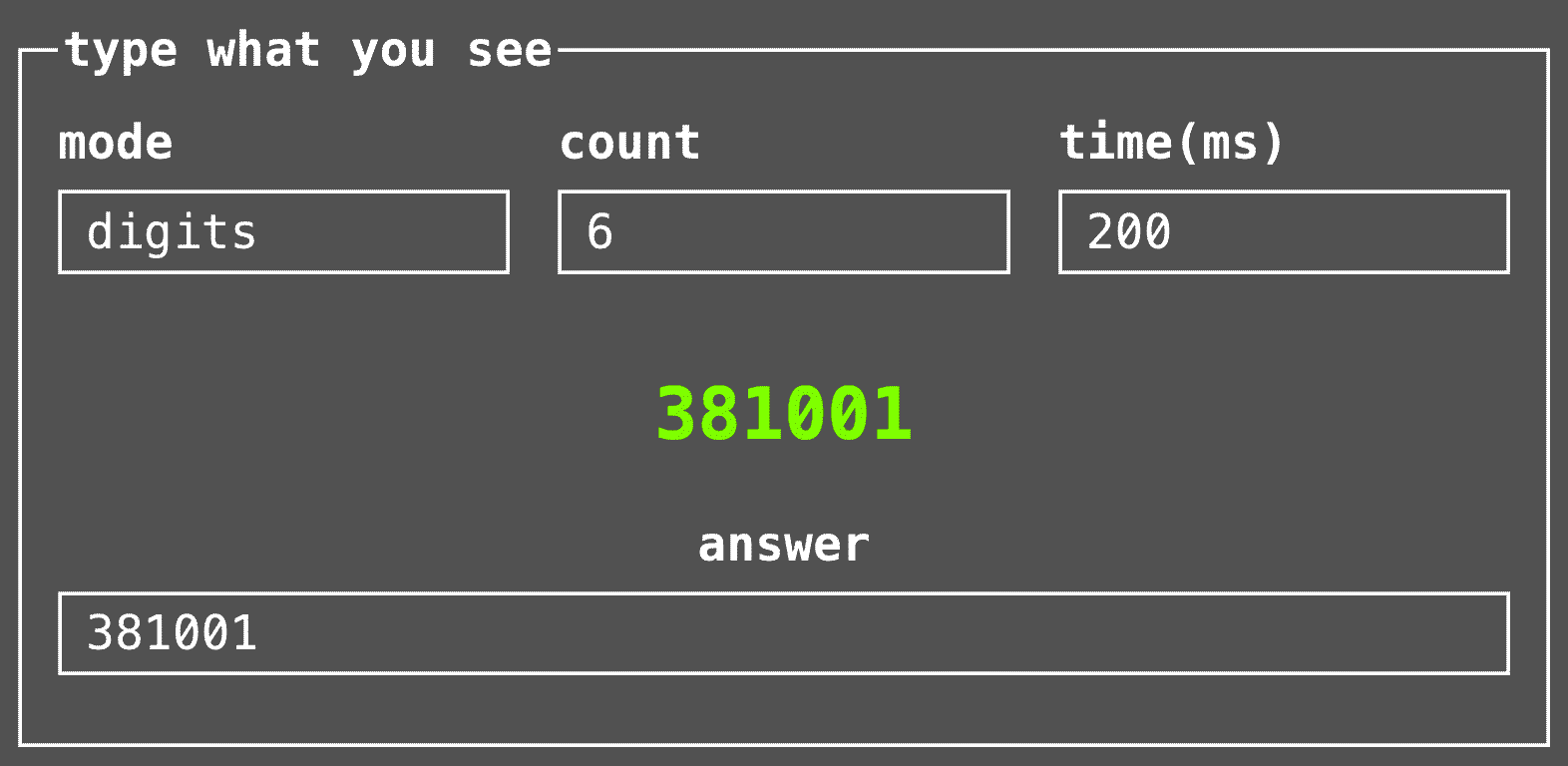Tachtile
Aug 29, 2024
 playing the game
playing the game
Recently, when going down a Wikipedia rabbit hole, I came across someone interesting. Dr. Samuel Renshaw studied visual psychology and studied some interesting techniques on training cognition. He gained fame for helping pilots in the airforce during World War II recognize allied aircraft. We will look at some of his work and learn about how it relates to this silly game we made.
The Tech
During Renshaw’s career he worked mostly with a device called the Tachistoscope (maybe the name is starting to make sense…). The device was kind of simple; it would flash an image for a split second. In the work with the airforce, Renshaw would flash images of allied and enemy aircraft for short periods and then follow this up with some comprehension testing. The idea was that training the brain under the time constraint would aid in comprehension speeds. The results show that pilots taking part in the program had greater accuracy and recognition times. Many saved lives through a reduction in friendly fire was attributed to this work.
Further Work
In addition to the military work, Renshaw also applied this concept to other areas, of which it has been harder to find studies. However, they tickle that snake oil part of your brain that wants to believe they are true. In Ohio State University, where Renshaw worked, he started to apply some of his research to his students. Using this technique, he (reportedly) taught some of his students to read at over 1000 words per minute. The average for most adults is around 200 words per minute.
Some of his later works gained him the label of a “charlatan,” in which he claimed that most cases of nearsightedness are psychological and that they can be helped considerably by training. Training that involves the Tachistoscope.
Why is this relevant?
After spending an evening reading information on this, I thought it would be interesting to build a small game to try this out. An article entitled You’re Not as Smart as You Could Be goes over some of the drills used, namely flashing a series of digits for a split second and having students recall them.
This was the first version I created, and then later added an option to show a series of words and a German word with its translation.
Does it work?
The short answer is, as you might guess, I don’t know!
I’ve gone from reliably being able to recall a max of 5 digits in 200 ms to 6 digits in 100 ms. I notice I can read number plates on cars much quicker or remember one-time codes for two-factor authentication easier.
The most surprising part is that it’s actually fun, and I find myself wanting to play. Currently I am mostly using it as a way to increase my German vocabulary.
Try it out and tell me how it goes.